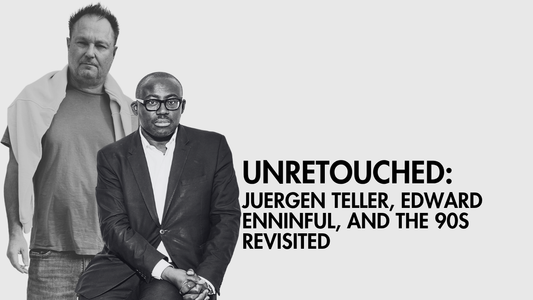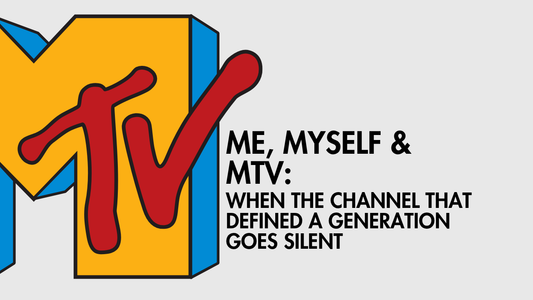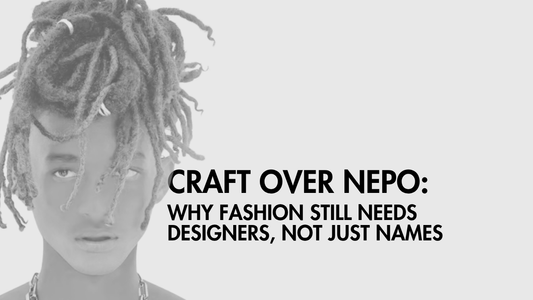
FIDA x Hermès: Sketches, Scarves, and the Art of Rebellion - Illustrating Fashion Series
Share
April wasn’t quiet. It didn’t whisper. It sketched. Boldly, digitally, imperfectly—and with a kind of visual attitude you don’t usually associate with a house like Hermès. But that’s exactly what FIDA’s “Illustrating Fashion” series thrives on: disrupting legacy brands with the pulse of right-now creativity.
This month, Hermès was the muse, but the illustrators were the real provocateurs. Across continents and time zones, FIDA artists deconstructed and reimagined the luxury maison—not with dainty homage, but with sharp pens, slick vectors, glitchy animations, and a heavy dose of "what if." What if a scarf wasn’t just a scarf, but a canvas for memory? What if fashion illustration could exist somewhere between performance art and street sketching? What if Hermès got punked—beautifully?

Artwork Mart Ruiz

From there, the floodgates opened.
Marta Ruiz delivered textured digital works that felt like controlled chaos—like a woodcut print met glitch art in a dimly lit atelier. There’s something in her brushwork that aches in a good way, like it’s halfway between an archive and a breakdown. In another lane, Giulia Balsarin served up animations and WIPs that felt fluid and half-formed—in the best possible sense. Her work doesn’t declare, it drips. It wanders. It makes you look twice.

Then came the vector assassins. Valya Papadopoulou and Visola cut clean, slicing through the clutter with shape-driven compositions that felt cold, modern, and hyper-controlled. Their pieces didn’t just reinterpret Hermès—they made it feel like techwear. Like a new kind of iconography built for a digital future.

But this wasn’t all pixels and polish. Susana Gomez dragged us back to the roots with inky lines and bleeding contrast—black and white pieces that felt as rebellious as they were romantic. Kaz Mak worked on the opposite end of the spectrum: clinical, delicate, like drafting the dream of a scarf in a silent room. Together, their tension created something unspoken and visceral.

And then there’s Nilu Kuhpour, who closed the series with printed scarf designs that didn’t just pay tribute to Hermès—they challenged it. Her work felt like a secret code stitched into silk: bold, narrative, and full of hidden edge.

This series wasn’t about brand worship. It was about reinterpretation, resistance, and riffing off fashion history with the energy of now. Hermès stood still; the artists moved around it like lightning. It was messy. Emotional. Cool. FIDA didn’t just spotlight illustrators—they turned a luxury house into a collective canvas and gave it back to the artists to rework in their own messy, magnificent handwriting.
May’s next. New brand. New chaos. Can’t wait.
See more of Fida:



